Introduction
Chinese cabbage and tofu soup, a staple in many Asian households, is a testament to the beauty of simplicity in cooking. This humble dish, often overlooked in favor of more elaborate recipes, combines earthy flavors, tender textures, and a comforting warmth that makes it ideal for any season. Whether served as a light lunch, a side dish, or a standalone meal, this soup embodies the philosophy of balancing nutrition with minimalism. In this comprehensive guide, we will explore the art of preparing this timeless classic, from selecting the finest ingredients to mastering the cooking techniques that elevate it from ordinary to extraordinary.
The Allure of Chinese Cabbage and Tofu
Chinese cabbage, also known as napa cabbage, is a leafy vegetable prized for its delicate sweetness and crisp texture. Unlike its heartier counterparts, such as kale or collard greens, napa cabbage cooks quickly and absorbs flavors without becoming mushy. Tofu, a plant-based protein derived from soybeans, adds a creamy, neutral base that complements the cabbage’s subtle taste. Together, these ingredients create a harmonious blend of flavors and textures, making the soup both satisfying and gentle on the palate.
Ingredients: The Foundation of Flavor
To craft a memorable pot of Chinese cabbage and tofu soup, start with high-quality ingredients. Here’s a breakdown of what you’ll need:
- Chinese Cabbage (Napa Cabbage): Look for a firm head with crisp, pale green leaves. Avoid cabbages with wilted outer layers or yellowing edges.
- Tofu: Opt for firm or medium-firm tofu, which holds its shape during cooking. Silken tofu, while delicate, can be used for a smoother texture but requires gentler handling.
- Aromatics: Fresh garlic, ginger, and green onions form the flavor backbone of the soup.
- Broth: Vegetable or chicken broth enhances the soup’s depth. For a vegan version, use a vegetable broth made from mushrooms or kombu.
- Seasonings: Light soy sauce, sesame oil, and white pepper add subtle umami and warmth.
- Optional Additions: Mushrooms, carrots, or dried shiitake can introduce complexity, while a splash of rice vinegar brightens the broth.
Equipment: Tools of the Trade
Achieving soup perfection requires the right tools:
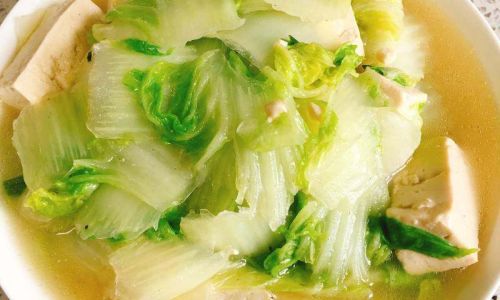
- Large Pot: A heavy-bottomed 4-quart pot ensures even heat distribution.
- Sharp Knife: Essential for slicing cabbage and tofu cleanly.
- Cutting Board: Use a wooden or plastic board to prevent slipping.
- Ladle: For tasting and serving.
- Tongs: Ideal for gently stirring delicate ingredients.
Preparation: The Art of Precision
-
Washing the Cabbage:
- Separate the cabbage leaves and rinse them under cold water to remove dirt.
- Pat dry with a clean kitchen towel to prevent excess moisture from diluting the broth.
-
Chopping the Cabbage:
Stack the leaves and slice them crosswise into 1-inch strips. For a rustic texture, leave the pieces slightly uneven.
-
Prepping the Tofu:
- Drain the tofu and wrap it in paper towels to absorb excess liquid. Press gently to avoid crushing.
- Cut the tofu into 1-inch cubes. For added texture, lightly pan-fry the cubes until golden before adding them to the soup.
-
Mincing Aromatics:

- Peel and finely mince 3 garlic cloves and a 1-inch piece of ginger.
- Slice green onions into thin rounds, separating the white and green parts.
Cooking Process: Building Layers of Flavor
-
Sautéing Aromatics:
- Heat 1 tablespoon of neutral oil (such as vegetable or canola) in the pot over medium heat.
- Add the minced garlic and ginger, stirring constantly for 30 seconds until fragrant. Avoid browning, as this can impart bitterness.
-
Infusing the Broth:
- Pour in 6 cups of broth and increase the heat to high. Bring to a gentle simmer.
- Add the white parts of the green onions, reserving the green tops for garnish.
-
Adding the Cabbage:
- Stir in the chopped cabbage, ensuring it’s submerged in the broth.
- Simmer for 5–7 minutes, or until the cabbage wilts slightly but retains its vibrant color.
-
Introducing the Tofu:
- Gently lower the tofu cubes into the pot. Avoid stirring vigorously to prevent breaking the tofu.
- Simmer for an additional 3–5 minutes to allow the flavors to meld.
Seasoning and Finishing Touches
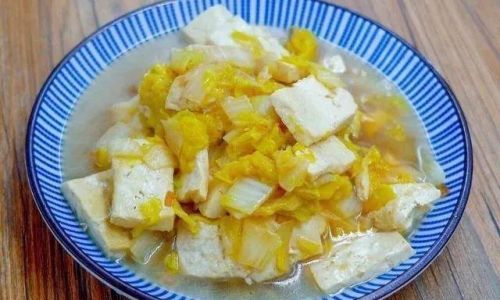
-
Enhancing the Broth:
- Drizzle 1 tablespoon of light soy sauce into the soup, adjusting to taste.
- Sprinkle a pinch of white pepper for a subtle heat that complements the cabbage’s sweetness.
-
Finishing with Aroma:
- Just before serving, drizzle 1 teaspoon of sesame oil over the surface.
- Garnish with the reserved green onion tops and a sprinkle of toasted sesame seeds.
Serving Suggestions: Elevating the Experience
- Rice Pairing: Serve the soup alongside steamed jasmine rice for a heartier meal.
- Noodle Addition: Stir in cooked udon or rice noodles during the final simmer for a one-pot dish.
- Dipping Sauce: Offer a side of chili oil or black vinegar for those seeking an extra kick.
Variations and Customizations
- Vegetarian Twist: Substitute the broth with a mushroom-based stock and add enoki mushrooms for earthiness.
- Protein Boost: Introduce sliced chicken breast or shrimp during the simmering phase.
- Spicy Kick: Toss in a sliced red chili pepper or a dash of Sriracha during cooking.
- Creamy Version: Blend a portion of the soup with silken tofu for a velvety texture.
Troubleshooting Common Pitfalls
- Overcooked Cabbage: To prevent mushiness, monitor the simmering time closely. The cabbage should retain a slight crunch.
- Bland Broth: Enhance depth by roasting the broth’s vegetables (onions, carrots) before adding liquid.
- Broken Tofu: Opt for firm tofu and handle it gently. Pan-frying before adding also reinforces its structure.
Storage and Reheating
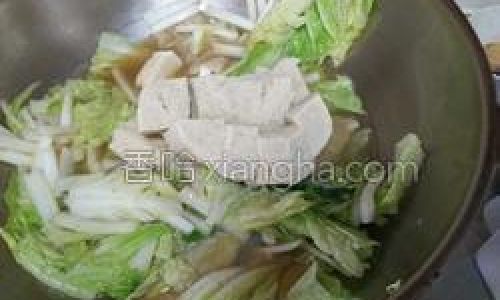
- Refrigeration: Store cooled soup in an airtight container for up to 3 days.
- Freezing: Avoid freezing, as the cabbage’s texture may become soggy upon thawing.
- Reheating: Gently warm the soup over low heat, adding a splash of broth if needed to restore consistency.
Nutritional Benefits: A Bowl of Wellness
Chinese cabbage and tofu soup is a nutritional powerhouse:
- Cabbage: Rich in vitamins C and K, fiber, and antioxidants, it supports immune function and digestion.
- Tofu: A complete protein source, it provides all nine essential amino acids, along with iron and calcium.
- Low in Calories: Ideal for weight management, one serving contains approximately 150–200 calories.
Cultural Significance: More Than Just a Meal
In Chinese cuisine, soup often symbolizes nourishment and care. This dish, with its unassuming ingredients, reflects the value of simplicity and humility. It is a common offering during family gatherings, a soothing remedy for colds, and a staple in monastic cuisine, where its plainness aligns with principles of mindfulness and restraint.
Conclusion: The Joy of Simplicity
Chinese cabbage and tofu soup is a reminder that culinary excellence need not be complex. By honoring the integrity of each ingredient and balancing flavors with precision, even the simplest dishes can transcend ordinary eating. Whether you’re a seasoned cook or a novice in the kitchen, this soup invites you to slow down, savor the process, and delight in the quiet satisfaction of a meal well-made. So, gather your ingredients, heat your pot, and let the aromatics dance—your journey to soup mastery begins now.
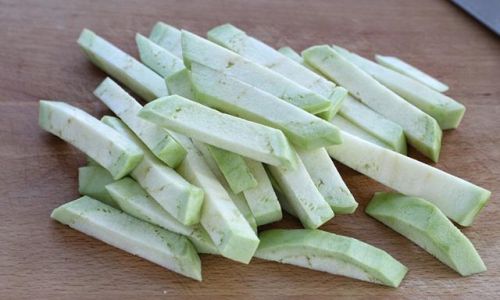
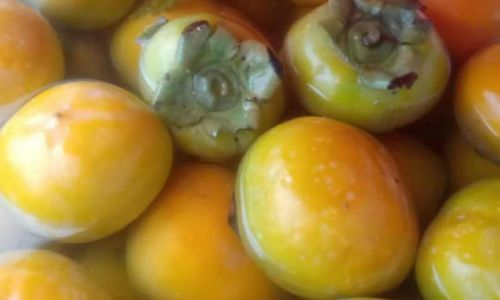
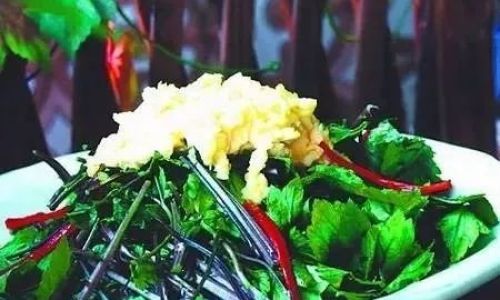
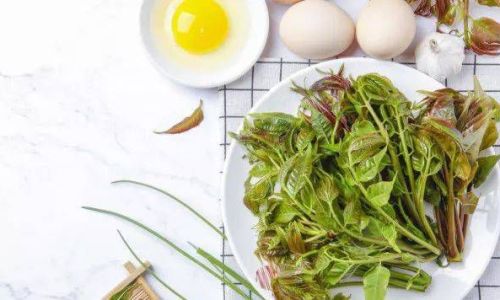
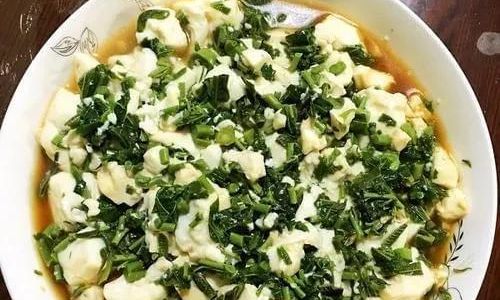
0 comments